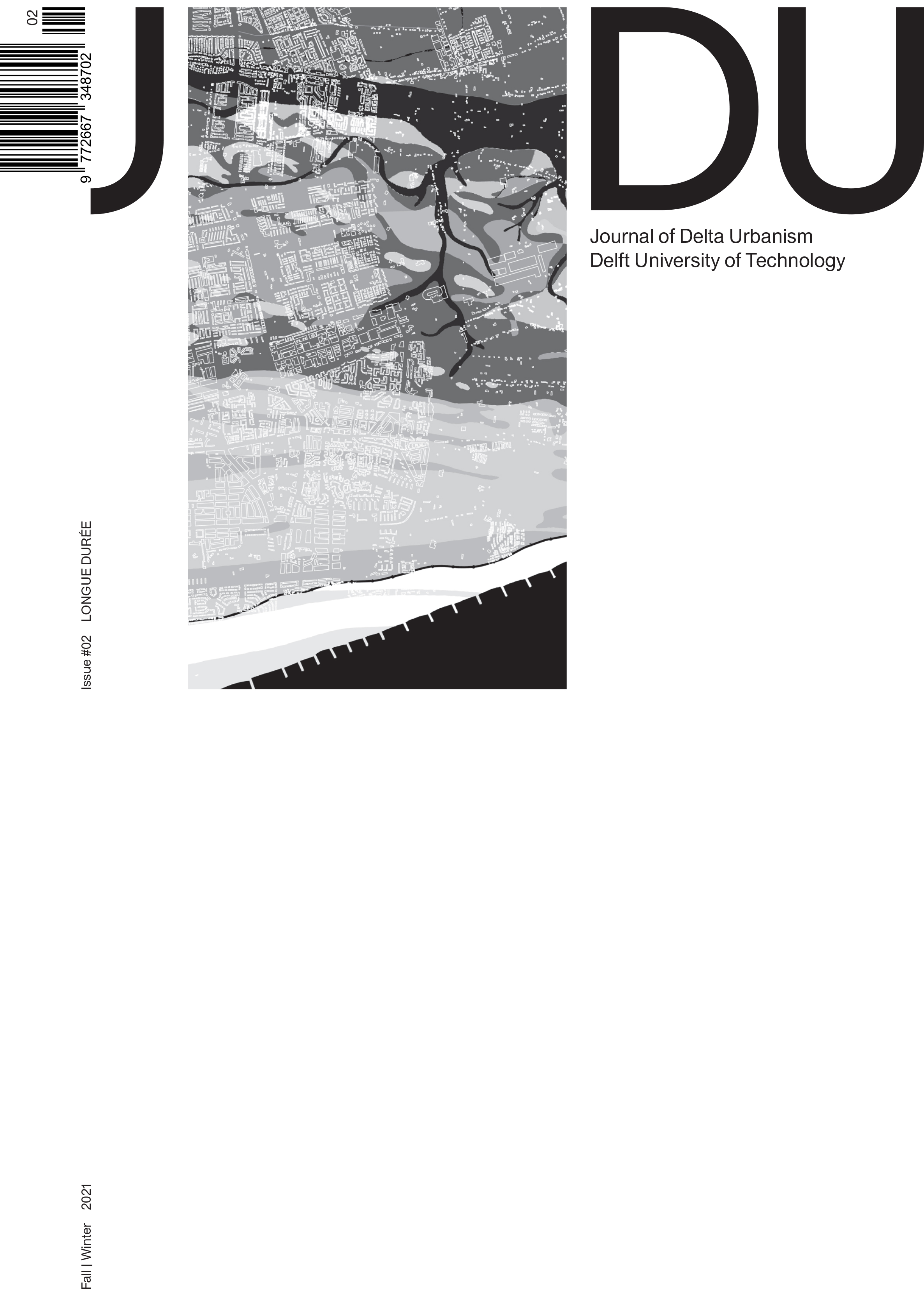Abstract
Kenneth Frampton presented in the Raoul Wallenberg Memoria lecture in 1999 an overview of megastructures over time and space. He showed how megastructures respond to the landscape and are related to infrastructures. Especially the two examples in the Netherlands and Japan are interesting for relating the history and conceptualisation of megastructures to the deltaic conditions. Due to the technological approach in urbanisation the natural conditions have been neglected creating a new chaos between humans and nature. Besides the fact that the lecture by Frampton is extremely relevant today, it is also a lens towards this typology that we elaborate on by highlighting the history of the realisation of a deltaic megastructure. This can be taken as an example of extreme (landscape) engineering, which can be a way to respect and not trying to disturb nature. The megaform is therefore an urban landscape in its own merits, having a balanced but distant relation to nature. In this project section we elaborate the project by Jaap Bakema for Lage Land in Rotterdam. Here the original megastructure of the “mammoth” as a concept has been elaborated and developed as an urban neighborhood which is built in a typical ‘thick water’ polder of the Netherlands.

This work is licensed under a Creative Commons Attribution 4.0 International License.

